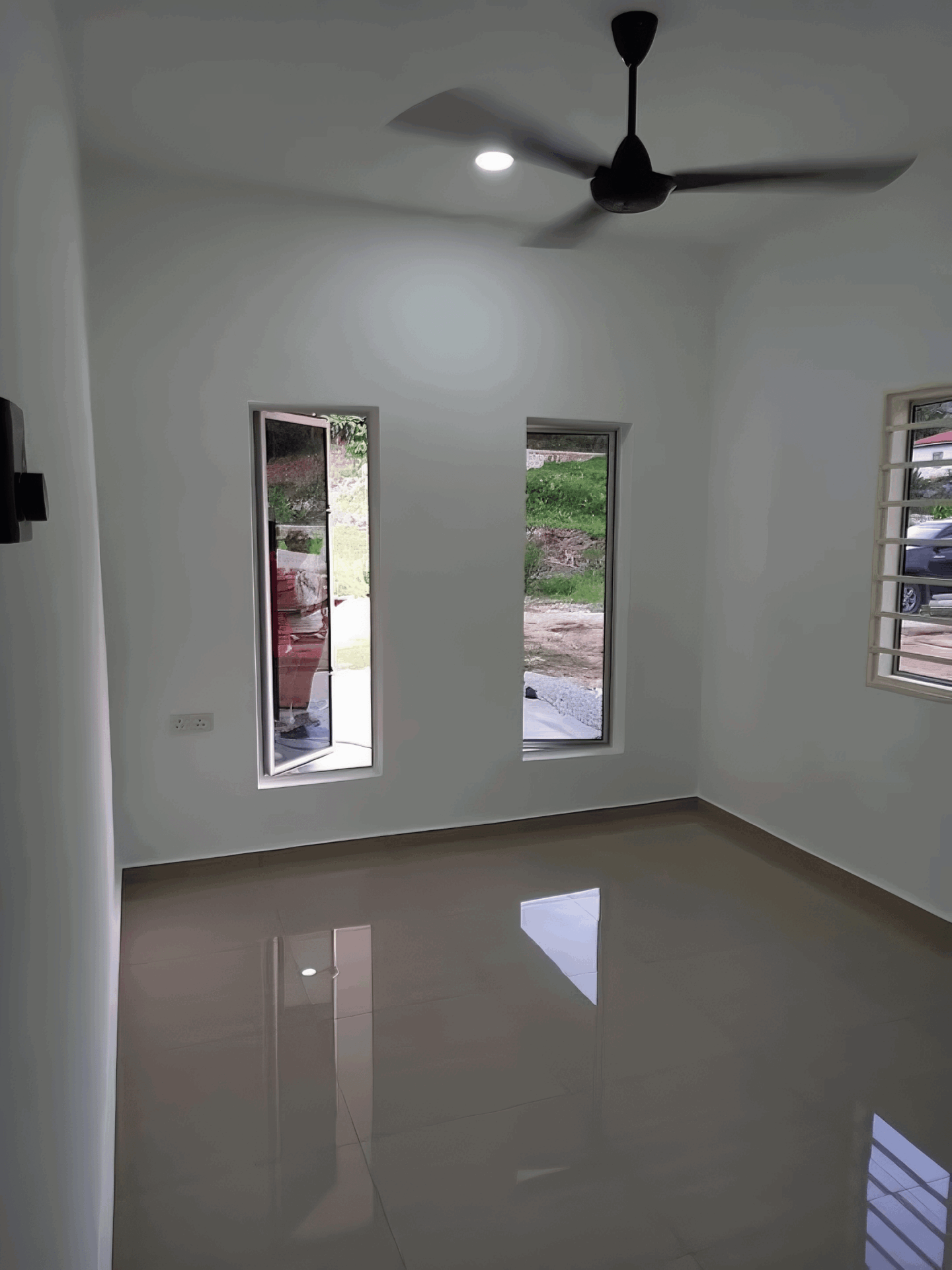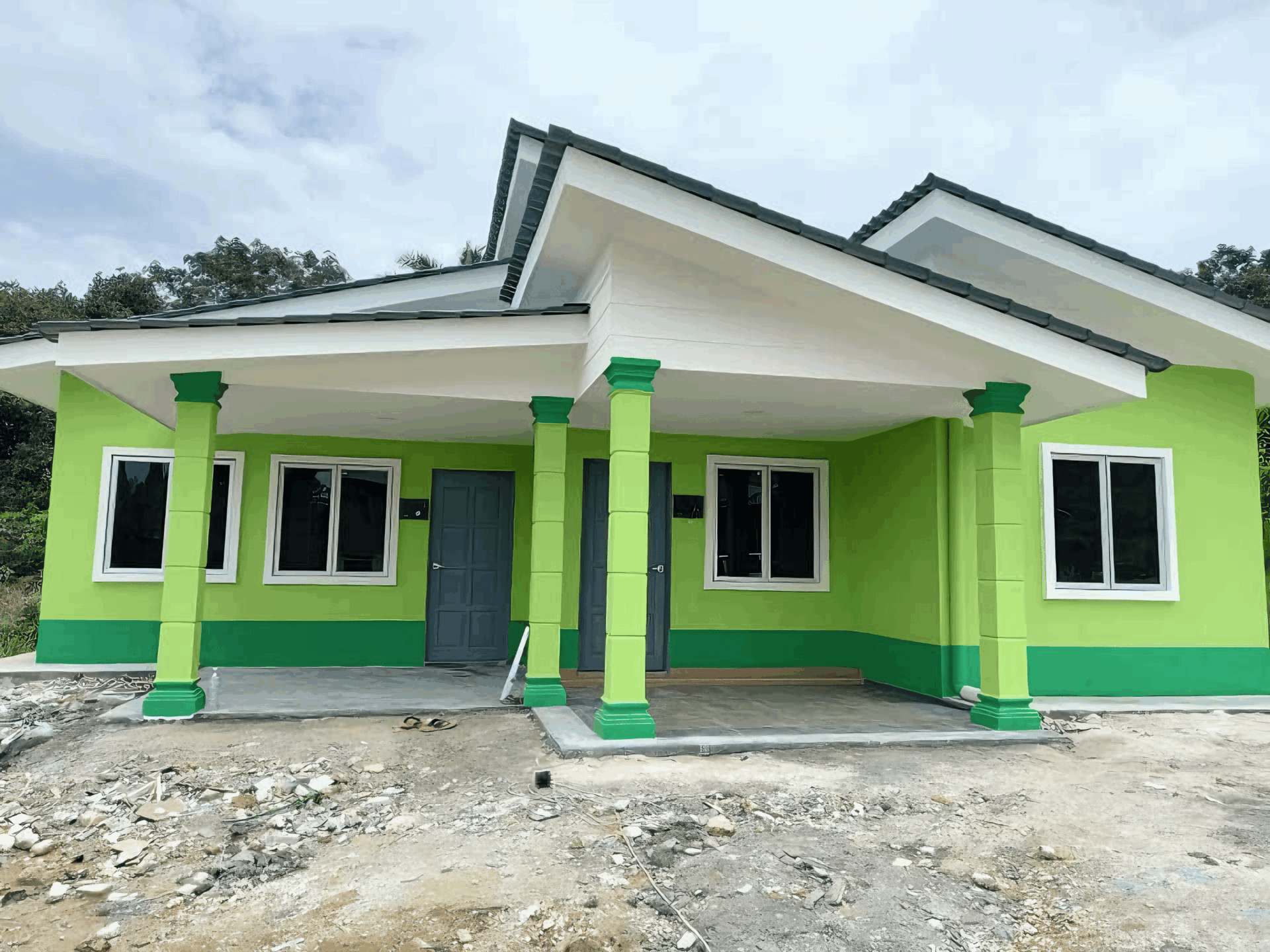In the lively tapestry of Malaysia’s construction industry, a quiet revolution is underway. Picture a world where cranes are not just metal giants but smart machines, and project managers can oversee their sites from the comfort of their homes, all thanks to the digital marvels that are reshaping how we build. Yes, folks, we’re talking about digital transformation – a buzzword that’s making waves across the globe, and right here in Malaysia too.
As our construction companies begin to embrace cutting-edge technologies like Building Information Modeling (BIM), drones, and even artificial intelligence, it’s clear that the future isn’t just about bricks and mortar anymore. But why is this shift so crucial for us? Well, it’s more than just keeping up with global trends; it’s about enhancing efficiency, boosting productivity, and carving out a sustainable future for our built environment. So, whether you’re a seasoned construction pro, a budding entrepreneur, or just someone curious about the industry, let’s dive into how this digital transformation is not only changing the game but also why it’s essential for our nation’s growth and development.
Embracing Change: The Rise of Digital Transformation in Malaysian Construction
In recent years, Malaysian construction companies have started to embrace digital transformation, enhancing their operational efficiencies, safety standards, and project outcomes. By integrating technologies such as Building Information Modeling (BIM), Internet of Things (IoT), and artificial intelligence (AI), firms are not just streamlining workflows but also making informed decisions based on real-time data. This shift isn’t just a trend; it’s rapidly becoming a necessity in a highly competitive market.
One of the key components of this transformation is the adoption of cloud-based project management tools. These tools allow teams to collaborate more effectively, regardless of their physical location. Some of the notable benefits include:
- Improved Communication: Real-time updates reduce miscommunication and enhance teamwork.
- Increased Transparency: Stakeholders get a front-row seat to the project’s progress, fostering trust.
- Enhanced Productivity: Automated processes free up time for skilled workers to focus on more complex tasks.
Additionally, many companies are tapping into data analytics to drive insights from their operations. For instance, predictive analytics helps foresee potential project delays or budget overruns before they happen, allowing teams to address issues proactively. Here’s a simple table showing the major digital tools currently making waves in the Malaysian construction sector:
| Digital Tool | Function | Benefit |
|---|---|---|
| BIM | 3D modeling for design | Collaboration and error reduction |
| IoT Sensors | Monitor site conditions | Real-time data for safety |
| Project Management Software | Track project timelines | Improved visibility on progress |

Innovative Technologies Reshaping the Construction Landscape
In recent years, Malaysian construction companies have started to harness the power of innovative technologies, fundamentally transforming the industry. These advancements are not just about keeping pace with global trends; they are essential for enhancing productivity, minimizing costs, and improving safety on construction sites. Companies are investing in smart technologies that streamline communication and project management, ensuring that all stakeholders are on the same page and deadlines are met efficiently.
Among the most significant changes is the adoption of Building Information Modeling (BIM). This technology allows for detailed digital representations of physical structures, enabling architects, engineers, and contractors to collaborate seamlessly. The benefits of BIM go beyond visualization – it helps in identifying potential issues before they emerge on-site, leading to reduced delays and costly reworks. Here are some advantages of integrating BIM in construction projects:
- Enhanced Collaboration: Real-time data sharing among teams.
- Cost Efficiency: Minimized waste and optimized resource allocation.
- Risk Mitigation: Proactive identification of potential challenges.
Another game-changer is the use of drones and automated machinery. Drones facilitate site surveys and monitor progress remotely, which helps in accurate project estimation and enhances safety by reducing the need for personnel in hazardous areas. Meanwhile, automation through robotics is revolutionizing manual tasks, ensuring precision and increasing overall productivity. Below is a table summarizing the impact of these technologies:
| Technology | Impact on Construction |
|---|---|
| Building Information Modeling (BIM) | Increased collaboration, reduced rework risk |
| Drones | Streamlined surveys, improved safety |
| Automated Machinery | Enhanced productivity, precision in tasks |
By embracing these cutting-edge tools, Malaysian construction companies are not only boosting their operational effectiveness but also positioning themselves as leaders in sustainability. As the digital landscape evolves, their adaptability will ensure they remain resilient and competitive, paving the way for a thriving future in construction.

Bridging the Skills Gap: Training for a Digital Future
The landscape of the construction industry in Malaysia is rapidly evolving, and to keep pace, companies are recognizing the urgent need to equip their workforce with essential digital skills. Embracing innovations like Building Information Modeling (BIM), automated machinery, and project management software is not just beneficial but crucial for survival in today’s competitive market. By investing in comprehensive training programs, firms are ensuring their teams are not only well-versed in the latest technologies but also capable of harnessing these tools to enhance productivity and quality.
Training initiatives are diverse and cater to different levels of expertise within the workforce. Companies are implementing various learning methods, including:
- Online courses and webinars to facilitate flexible learning.
- Hands-on workshops to provide practical experience with new technologies.
- Mentorship programs that connect seasoned professionals with novices, fostering knowledge transfer.
| Skill Area | Training Method | Impact |
|---|---|---|
| Digital Software | Online Courses | Enhanced efficiency in design and planning. |
| Project Management | Workshops | Improved collaboration and communication. |
| Data Analytics | Mentorship | Informed decision-making based on real insights. |
This commitment to continuous learning not only addresses the existing skills gap but also prepares the workforce for future innovations. A digitally adept workforce will be vital to tackle challenges like project delays, budget overruns, and environmental considerations more effectively. By prioritizing skills training, Malaysian construction companies are setting themselves up for sustainable growth, ensuring they remain competitive in an industry that is poised to be at the forefront of technological advancement.

Enhancing Project Management Through Data Analytics
In the rapidly evolving landscape of the Malaysian construction industry, companies are harnessing the power of data analytics to refine their project management processes. This transformation allows them to gain valuable insights into various aspects of their operations—from resource allocation to project timelines. By analyzing vast amounts of data, these companies can pinpoint inefficiencies, improve decision-making, and ultimately enhance productivity. This proactive approach enables project managers to adapt strategies based on real-time feedback, fostering a more agile working environment.
Key benefits of utilizing data analytics in project management include:
- Streamlined Communication: Data analytics tools facilitate better communication among team members, leading to a shared understanding of project goals.
- Risk Management: By predicting potential risks and challenges, companies can take preventive measures before issues arise.
- Informed Decision-Making: Access to concrete data allows for more precise and confident decisions that benefit project outcomes.
To illustrate the impact of data analytics, consider the following table which outlines typical project performance metrics before and after implementing analytics:
| Metric | Before Analytics | After Analytics |
|---|---|---|
| Project Completion Time | 12 months | 10 months |
| Budget Overrun | 20% | 5% |
| Change Orders | 15 | 5 |
These figures reveal that integrating data analytics not only enhances project efficiency but also significantly reduces costs and improves client satisfaction. As Malaysian construction firms continue to embrace this digital transformation, the positive ripple effects on project management practices are undeniable, showcasing a brighter future for the industry.

Sustainability in Construction: Leveraging Digital Tools for Eco-Friendly Practices
As the construction landscape in Malaysia evolves, companies are increasingly tapping into digital tools to harness sustainable practices. This shift isn’t merely about compliance; it’s about reimagining how projects can minimize their environmental footprint. Through advanced software solutions, companies can assess materials, optimize designs, and manage energy consumption more efficiently, leading to greener buildings and infrastructure.
The integration of Building Information Modeling (BIM) stands out as a transformative approach. BIM empowers construction teams with detailed visualizations and data analysis, allowing them to experiment with eco-friendly alternatives before breaking ground. Some benefits include:
- Enhanced collaboration: Streamlined communication among all project stakeholders.
- Resource optimization: Precise material usage and waste minimization.
- Simulation capabilities: Testing energy efficiency and performance in various scenarios.
Moreover, digital tools are making it easier for companies to track their carbon footprint and adhere to sustainability certifications. Implementing monitoring systems can provide real-time insights into operational impacts. A recent survey highlights how more Malaysian firms are adopting such technologies:
| Technology | Adoption Rate (%) | Impact on Sustainability |
|---|---|---|
| Building Information Modeling | 65% | Improved resource management |
| Project Management Software | 50% | Better waste tracking |
| Energy Monitoring Tools | 40% | Enhanced energy efficiency |

Improving Communication and Collaboration with Digital Solutions
In the bustling world of construction, communication is key. Malaysian construction companies are turning to digital solutions to ensure that everyone—from project managers to on-site workers—is on the same page. By leveraging tools like project management software, instant messaging apps, and video conferencing platforms, teams can share updates in real-time, reducing misunderstandings and delays. The beauty of these tools lies in their ability to facilitate seamless communication, even if team members are miles apart.
Moreover, collaboration has taken a new shape with digital platforms. Tools such as BIM (Building Information Modeling) allow team members to work on the same digital blueprint, allowing architects, engineers, and contractors to visualize the project together. With access to detailed digital models, teams can identify potential issues early on, leading to fewer costly changes during construction. This proactive approach ensures that everyone is aligned and keeps projects moving forward smoothly.
To illustrate the impact of these changes, consider the following table showing some popular digital collaboration tools and their benefits:
| Tool | Benefits |
|---|---|
| Slack | Instant messaging, channels for different teams, file sharing |
| Trello | Visual task management, track project progress, team collaboration |
| Zoom | High-quality video conferencing, screen sharing, remote meetings |
| Asana | Task assignments, due dates, project timelines |
Adopting these digital solutions isn’t just a trend; it’s a necessity for the future of construction in Malaysia. As companies embrace this shift, they not only improve efficiency and productivity but also foster a culture of teamwork and innovation. With the power of technology at their fingertips, teams can break down barriers and build bridges—literally and metaphorically.

Navigating Challenges: Common Hurdles in Digital Adoption
The journey towards digital adoption in Malaysian construction companies is often bumpy, with various challenges cropping up along the way. One of the main issues is the resistance to change within organizations. Many employees might feel comfortable with traditional methods, and shifting to digital processes can be a daunting task. This hesitation can lead to disengagement, making it crucial for management to spearhead training programs that encourage a culture of innovation. Creating a safe space for exploration and experimentation can help ease these concerns.
Another significant hurdle is the lack of technical expertise within the workforce. While digital tools can streamline operations, they require a certain level of proficiency to be effective. Many companies struggle to find employees with the necessary skills to operate new technologies. To tackle this, it’s essential for firms to invest in ongoing training and development. Collaborative partnerships with tech firms or educational institutions can also bridge this skills gap, ensuring that employees receive hands-on experience with cutting-edge tools.
Lastly, budget constraints can be a major stumbling block for digital transformation. Many construction companies worry that the upfront costs associated with digital tools and solutions may outweigh the benefits in the short term. However, a strategic approach can mitigate these concerns. By accurately measuring ROI and showcasing long-term efficiencies, companies can make a compelling case for digital investments. Utilizing cost-effective digital platforms and phased implementation strategies can also help in managing finances while still moving towards modernization.
Success Stories: Malaysian Companies Leading the Way in Digital Transformation
The Way Forward
As we wrap up our journey through the digital transformation landscape in Malaysia’s construction scene, it’s clear that change is not just on the horizon – it’s already here. Our local companies are stepping up to the plate, embracing new technologies that not only streamline processes but also boost efficiency and safety on-site. It’s not just about building structures anymore; it’s about building a smart future.
So, whether you’re a contractor wrestling with the latest tech, an architect dreaming of that perfect design, or just someone who’s curious about where our industry is headed, one thing is for sure: going digital is no longer a nice-to-have; it’s a must-have. Let’s keep cheering on our local builders as they navigate this exciting transition. Who knows? The next groundbreaking innovation could come from just around the corner!







